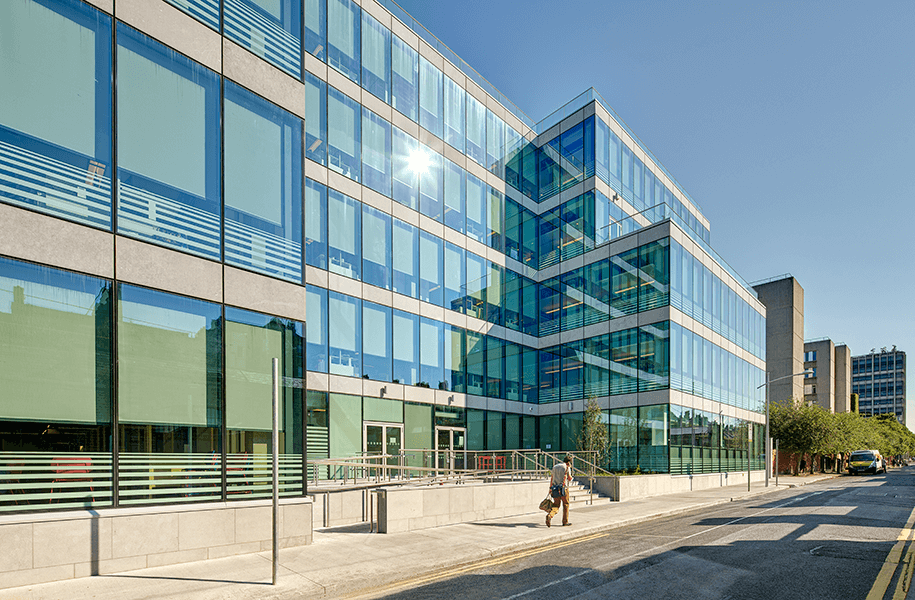Newsletter
Building on Kaiterra’s monitoring solutions, SAEG engineering designed a best-in-class system to monitor, improve, and display air quality at a Puerto Rican university.
Pontifical Catholic University of Puerto Rico (PUCPR)
Customer: SAEG Engineering Group
Location: Ponce, Puerto Rico
Industry: Engineering; Higher Education
Project type: University
Products used: Kaiterra Sensedge

Customer
SAEG Engineering Group is a global engineering organization dedicated to providing the best products and services in the electromechanical industry. Their emphasis lies on HVAC, control equipment, fire systems and energy cogeneration.
The Challenge
PUCPR’s air quality project was focused on two goals:
Safety: Creating a safe environment for students and university staff on campus by addressing known contaminants such as viruses, bacteria, dust, particulate matter, and ozone.
Trustworthiness and transparency: The system didn’t need to just perform well; it needed to inspire confidence through transparency. This meant a focus on communicating the current state of air quality in every space where people study or work.
The Solution
The university has invested over $1.4 million in a new air quality system for all of the campus buildings and administrative offices, spanning over 1,400 pieces of equipment. Designed by SAEG engineers, this system innovatively integrates several technologies and makes the results transparently available to any student, professor, or university worker.
SAEG implemented Kaiterra’s air quality monitors to measure key IAQ metrics across many different locations in the university - gaining real-time visibility into ozone, particulate matter, TVOC, and CO2 levels at different areas and during different times of the day.
The Result
The technology-enabled air quality system has created a safe learning environment for students and staff. The university can now understand air quality metrics such as TVOC and PM2.5, along with other parameters that can affect the health and wellbeing of occupants such as temperature and humidity.
Identifying areas with poor air quality, high humidity, or high average temperature has allowed the university’s engineering team to pinpoint and address mechanical issues such as the use of inadequate air filters - and to be able to request and implement new ventilation projects.






.png?width=200&height=148&name=Menu%20C%20(2).png)

.png?width=307&height=228&name=Menu%20-%20D%20(1).png)
.png)





